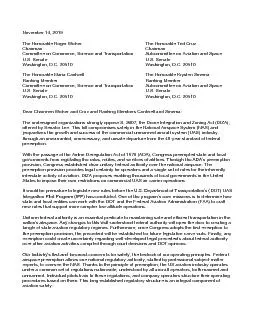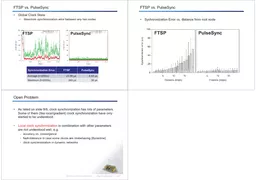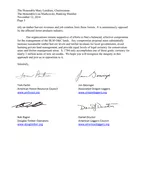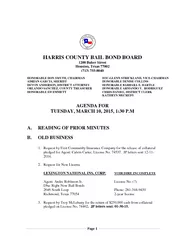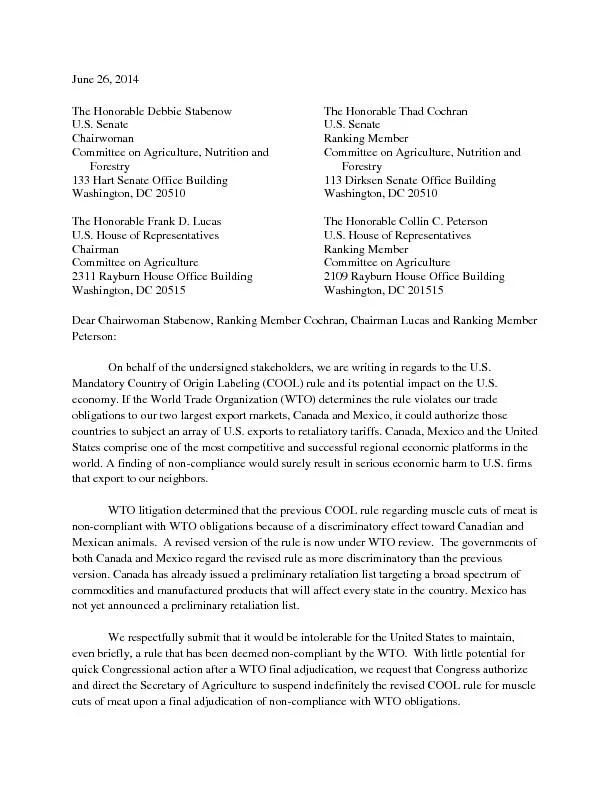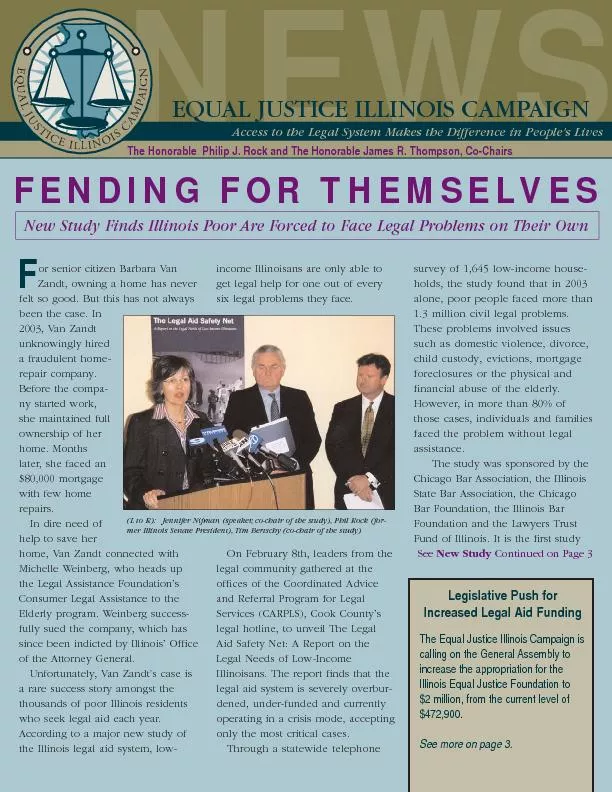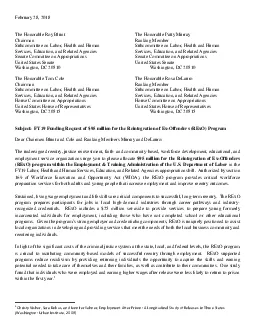PDF-The Honorable Roger Wicker
Author : megan | Published Date : 2021-04-28
November 1 4 2019 Chairman Committee on Commerce Science and Transportation US Senate Washington DC 20510 The Honorable Maria Cantwell Ranking Member Committee
Presentation Embed Code
Download Presentation
Download Presentation The PPT/PDF document "The Honorable Roger Wicker" is the property of its rightful owner. Permission is granted to download and print the materials on this website for personal, non-commercial use only, and to display it on your personal computer provided you do not modify the materials and that you retain all copyright notices contained in the materials. By downloading content from our website, you accept the terms of this agreement.
The Honorable Roger Wicker: Transcript
Download Rules Of Document
"The Honorable Roger Wicker"The content belongs to its owner. You may download and print it for personal use, without modification, and keep all copyright notices. By downloading, you agree to these terms.
Related Documents

